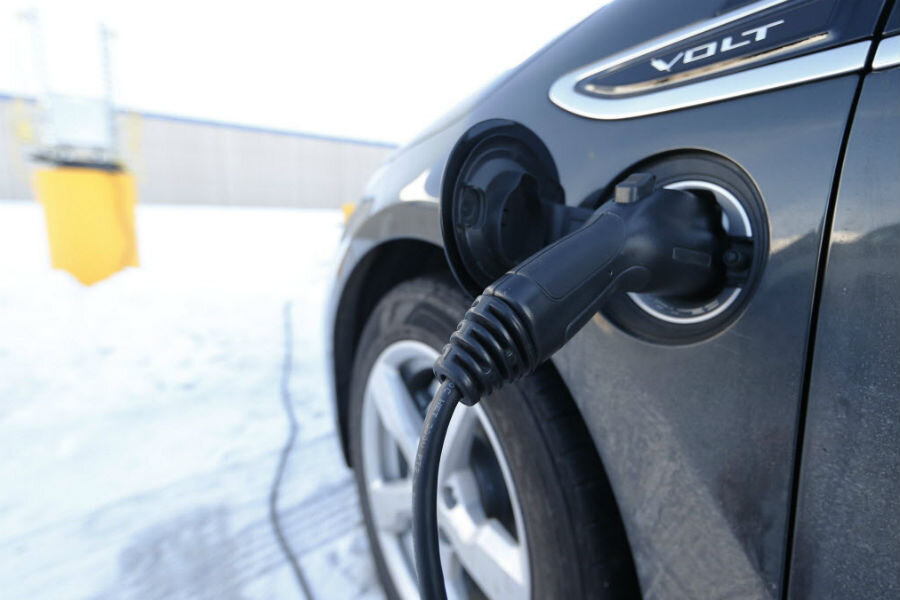This is what happens when the Chevy Volt runs out of both gas and battery power
Loading...
Unlike conventional hybrids and many plug-in hybrids, the first-generation Chevrolet Volt makes extensive use of both electric and gasoline power.
With a fully-charged battery pack, it will drive on electric power alone until the charge is depleted, at which point the onboard gasoline engine activates.
The gasoline engine serves as a generator, giving the Volt a total range on both gasoline and electric power comparable to a conventional gasoline car or hybrid.
But what happens when a Volt runs out of both battery charge and fuel?
That's what 2013 Volt owner Alex Palmeri of LegitStreetCars wanted to find out, so he drove until first the battery charge and then the gasoline were each depleted.
But once the gasoline ran out, the Volt ended up switching back to battery power for 2.4 miles, before losing propulsion completely.
The 2013 Volt has an EPA-rated electric range of 38 miles, and a combined range of 380 miles on both electricity and gasoline.
When the car ran out of gas, it flashed a message on the dashboard reading "engine power not available, add fuel."
At that point it switched back to battery propulsion, but at reduced power and with no climate control, according to Palmeri.
The Volt had traveled about 40 miles with its "low fuel" light on before deactivating its gasoline engine, he said.
Most recent cars have fuel meters that are very conservative, in order to help ensure drivers never actually run out of fuel on the road.
That same margin seems to apply to the Volt's battery pack, which does not fully discharge even when the dashboard display reads empty.
This safety buffer is likely what allowed the car to switch back to battery power after it ran out of gas, Palmeri believes.
Either way, it certainly takes some doing to get completely stuck driving a Volt.
Many Volt owners with commutes of average length or less rarely have to worry about running out of fuel at all.
That's because—with consistent charging—it's possible for those owners to drive almost entirely on battery power.
This story originally appeared on GreenCarReports.







